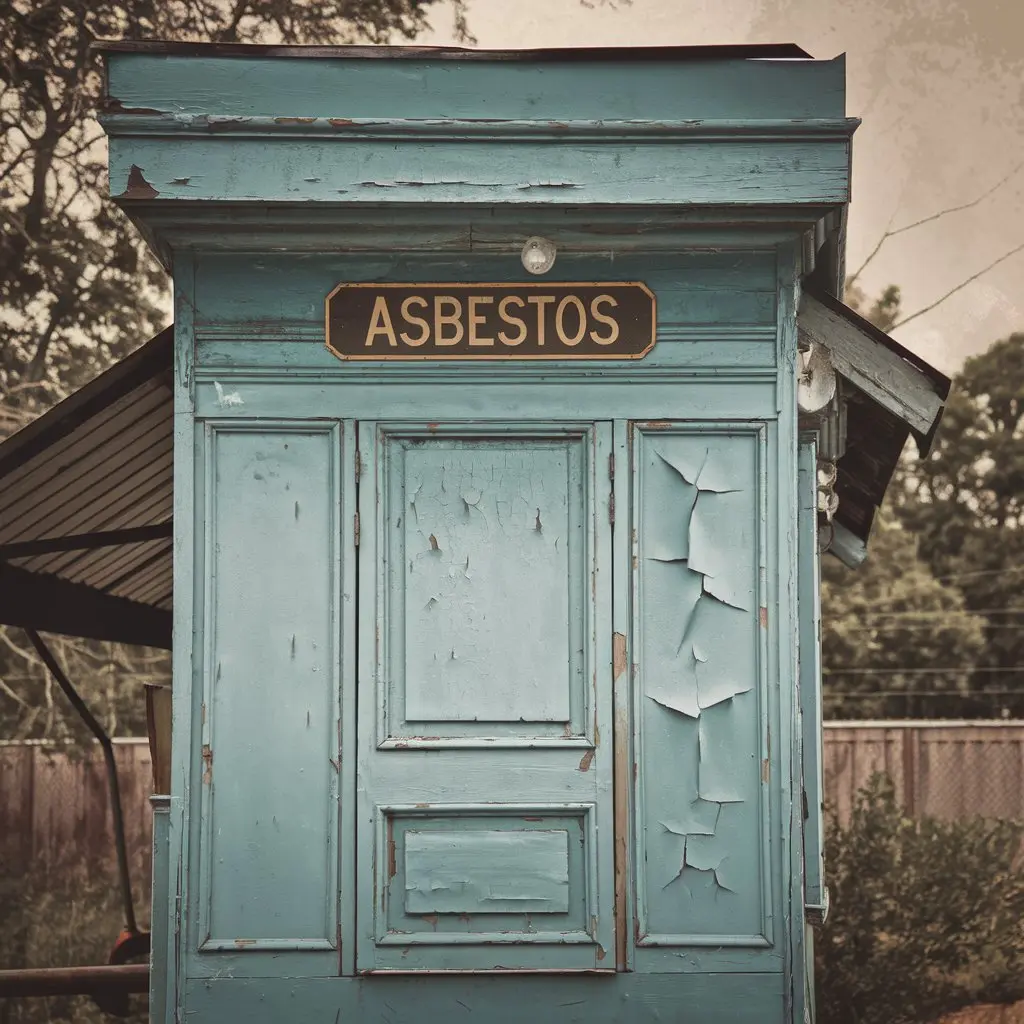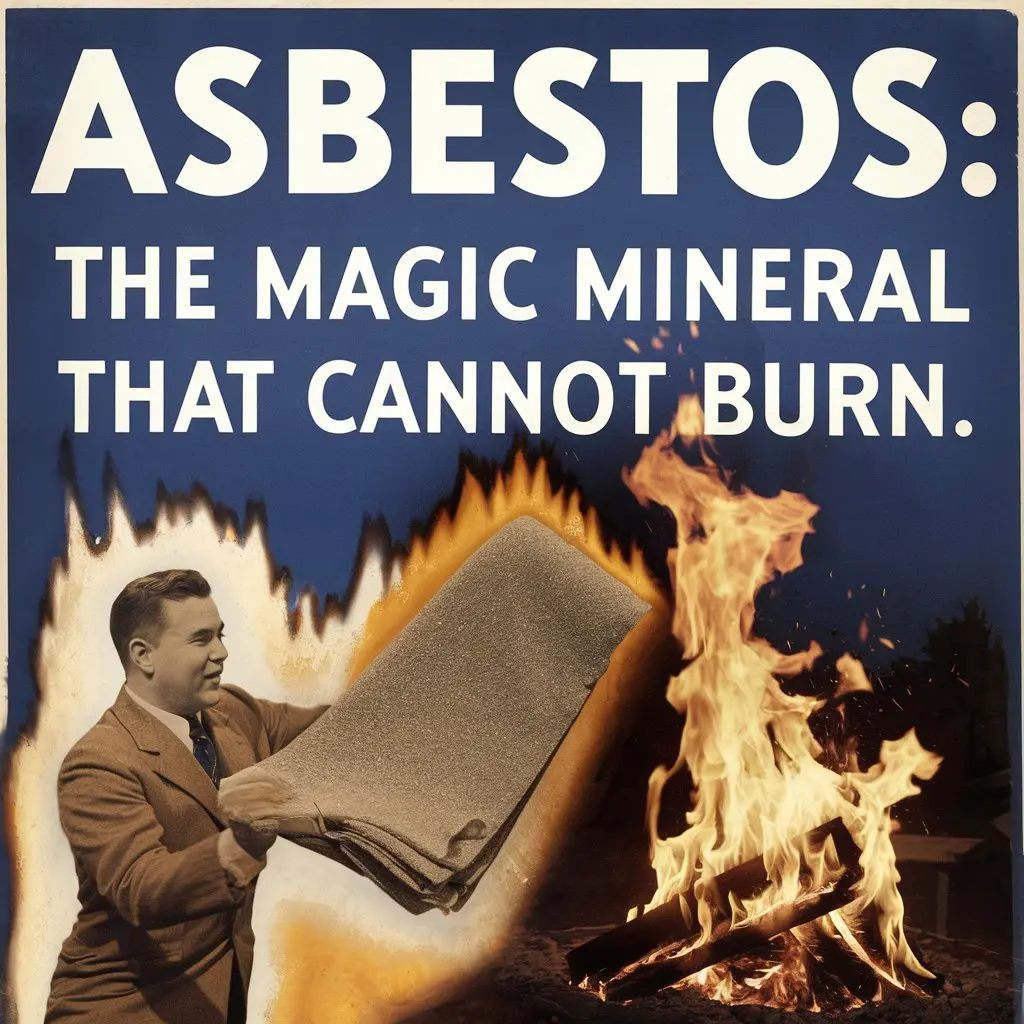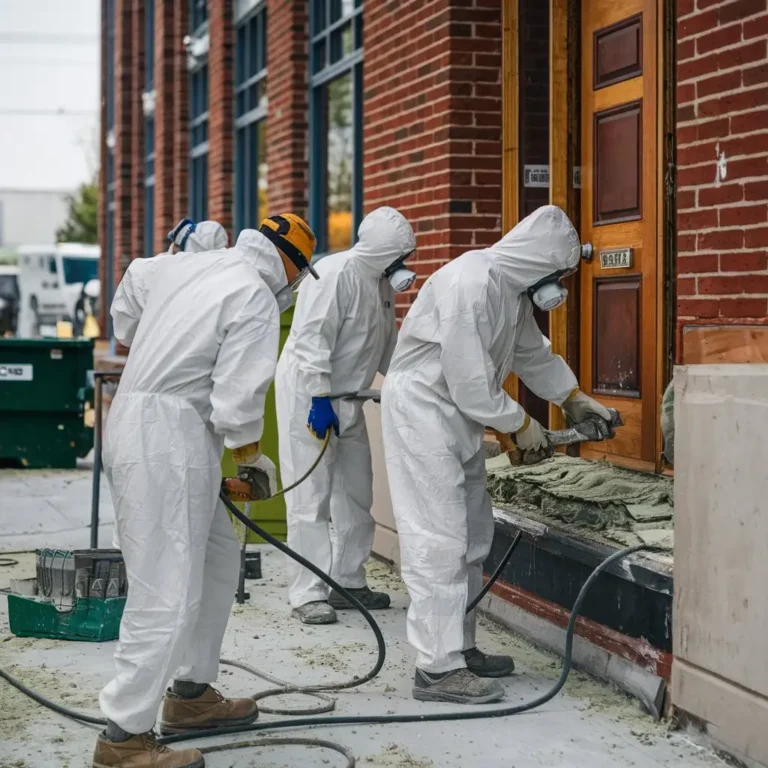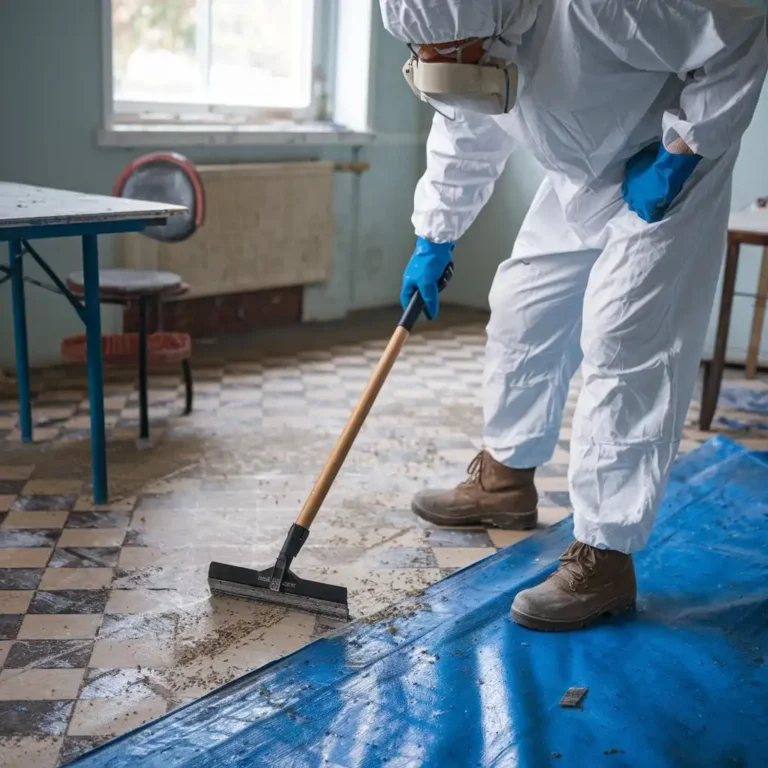History of Asbestos
Asbestos is a naturally occurring mineral known for its heat resistance and durability. It has been used for thousands of years, though its risks only became widely known in recent decades. In this article, we will explore the history of asbestos, from its earliest uses to the global impact it has had on industries and health.
Why Was Asbestos Used?
Asbestos was valued for its unique properties. It is resistant to heat, fire, and electricity, making it ideal for use in various applications, including construction and manufacturing. Its fibrous nature allowed it to be woven into textiles, making it flexible for use in insulation, automotive parts, and roofing materials. Its durability and low cost also contributed to its widespread use.
Asbestos in the Ancient World
The use of asbestos dates back to ancient civilizations. The Greeks and Romans were among the first to recognize its ability to withstand fire and heat. They used asbestos in clothing and to line cooking pots, as it would not burn. The term “asbestos” comes from the Greek word “asbestos,” meaning “inextinguishable” or “unquenchable.” It was also used in the construction of buildings, particularly in areas exposed to extreme heat.
Asbestos in the Middle Ages and Beyond
During the Middle Ages, asbestos was used less frequently, but its properties were still known. It was used in various applications, including in the production of cloth for fireproof clothing. In the Renaissance period, asbestos saw a resurgence in use, particularly in the creation of funeral shrouds and ceremonial items. However, widespread industrial use did not fully begin until the 19th century.
Commercialization of Asbestos
The commercialization of asbestos began in the 19th century with the Industrial Revolution. The demand for materials that could withstand heat and fire was rising rapidly as industries expanded. Asbestos became widely used in manufacturing, construction, and transportation. Its use in insulation, cement, and roofing materials skyrocketed, as it was seen as an affordable, versatile material. During this time, asbestos mining also increased significantly.
Asbestos Mining Around the Globe
Asbestos mining began in earnest in the 19th century, with large deposits found in various parts of the world. The largest asbestos mines were in Canada, Russia, and South Africa, where mining operations extracted millions of tons of asbestos for use in manufacturing. Over time, mining operations expanded to meet the global demand for asbestos, particularly for industrial applications.
Asbestos Production Increases
Throughout the 20th century, the production and use of asbestos grew rapidly. By mid-century, asbestos was present in countless consumer products and industrial applications. It was used in everything from insulation in homes and factories to automobile parts. The rise in production was fueled by the mineral’s low cost, durability, and fire-resistant qualities.
When Did the Health Risks of Asbestos Become Known?

The health risks associated with asbestos exposure became known in the early 20th century. Medical professionals began to notice a link between asbestos exposure and respiratory diseases, such as asbestosis, lung cancer, and mesothelioma. In the 1960s and 1970s, studies conclusively linked asbestos to these serious health issues. Public awareness of the risks led to increasing regulation and restrictions on asbestos use in the following decades.
Asbestos Industry: Once an Unstoppable Engine
The asbestos industry once seemed unstoppable. It enjoyed decades of expansion, driven by its widespread use in various sectors. However, as the health risks became more apparent, public opinion shifted. Lawsuits, health concerns, and government regulations led to the gradual decline of the asbestos industry. Companies that had once profited immensely from asbestos found themselves facing litigation and increased regulation.
Asbestos in Common Products
Asbestos was used in a variety of everyday products. Some of the most common items containing asbestos included:
- Insulation: Asbestos was commonly used in homes and buildings for insulation due to its heat resistance.
- Automobile parts: Brake pads, clutches, and gaskets were often made with asbestos.
- Roofing materials: Asbestos was frequently added to shingles and roofing materials for its fireproof qualities.
- Textiles: Asbestos was woven into fabric for protective clothing and fire-resistant gear.
- Pipes: Asbestos was used to insulate pipes in industrial settings.
Despite its widespread use, the potential dangers of these products often went unrecognized for decades.
Modern Demand for Asbestos

Although many countries have restricted or banned asbestos use, demand for the material persists in certain parts of the world. Some developing countries continue to use asbestos in construction and other industries due to its low cost and accessibility. In these regions, asbestos is often used in products such as roofing materials and insulation. However, awareness of its health risks is growing, and many organizations are advocating for a global ban on its use.
Asbestos Ban in the U.S.
The U.S. began restricting the use of asbestos in the late 20th century. In 1971, the Occupational Safety and Health Administration (OSHA) set limits on asbestos exposure in the workplace. Over the following decades, additional regulations were introduced, including bans on its use in certain products. However, asbestos has not been fully banned in the U.S. As of today, its use is still permitted in certain limited applications. Advocacy groups continue to push for a complete ban.
Frequently Asked Questions About Asbestos
What is asbestos?
Asbestos is a group of naturally occurring minerals made up of fine, durable fibers. These fibers are resistant to heat, fire, and chemicals, making asbestos useful in various industries.
Is asbestos still used today?
While many countries have banned asbestos, it is still used in some parts of the world, particularly in developing nations. Some industries continue to use it in limited applications.
How does asbestos affect health?
Long-term exposure to asbestos can lead to serious health problems, including asbestosis, lung cancer, and mesothelioma. These diseases can take years or even decades to develop.
Can asbestos be safely removed?
Yes, it can be removed safely if done by trained professionals. Proper precautions must be taken to avoid exposure during the asbestos removal process.
Conclusion
Asbestos has a long and complicated history. It was once widely used for its durability and heat-resistant properties. However, as the dangers of asbestos became clear, its use declined, and regulations were put in place to protect public health. Despite this, asbestos remains a concern in certain parts of the world. The history of asbestos serves as a reminder of the importance of understanding the materials we use and their potential impact on health.





